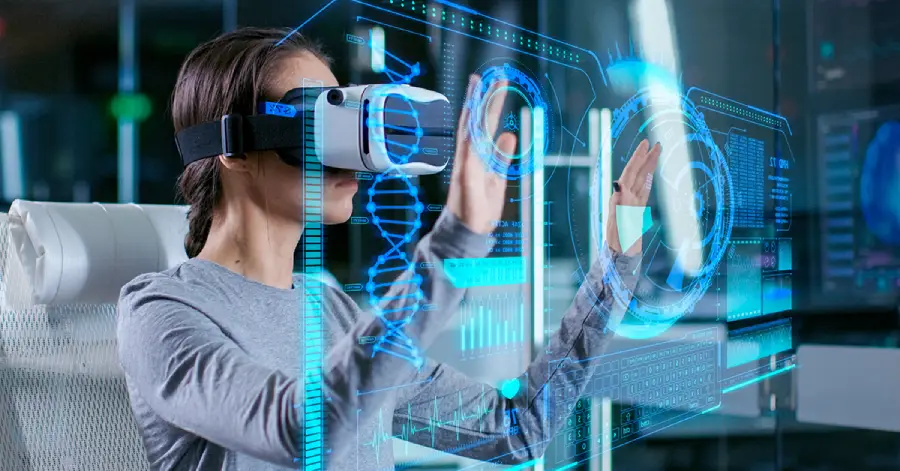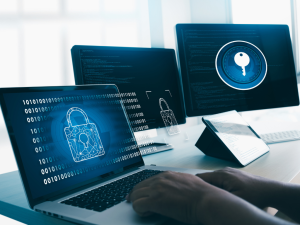If you’re learning to configure a server, troubleshoot a network, or secure a system, should you be doing it with your own hands or is a virtual simulation enough? As more tech programs shift toward cloud-based labs and remote simulations, students are finding themselves at the center of a debate: can virtual labs truly replace hands-on learning?
With convenience, scalability, and affordability on their side, virtual labs are rising fast. But when it comes to real-world confidence, not everyone is convinced they offer the same edge.
The Rise of Virtual Labs in Tech Education
Virtual labs—whether hosted via platforms like AWS Academy, Cisco Skills for All, or built into courseware like Ascend Education allow students to run simulations of technical environments. These might include:
- Installing and configuring operating systems
- Running penetration tests in a sandboxed environment
- Setting up virtual LANs
- Writing and deploying code
Because these labs are browser-based and often accessible 24/7, they eliminate barriers like physical hardware, lab hours, and geographic limitations. That means more students, especially those in remote or underfunded areas can access training that would otherwise require expensive equipment.
But convenience isn’t the only metric. What about impact?
What Students Are Saying
We asked students across several IT and cybersecurity programs what they really think about virtual labs:
“I like being able to rewind mistakes and try things again. Virtual labs make it less stressful to mess up.” – Melanie, IT student, Texas
“In the real world, you don’t get a reset button. I still want time with actual hardware.” – Luis, Network+ trainee, Florida
“Honestly, some of my best learning happened when I failed a simulation and had to figure it out myself. The labs feel real enough when they’re done right.” – Tariq, Cybersecurity major, Ohio
What emerges is a pattern: students value the low-risk, high-accessibility benefits of virtual labs, but they still seek tactile familiarity and situational unpredictability, things more common in traditional hands-on setups.
Do Virtual Labs Build the Same Confidence?
According to a 2024 EDUCAUSE study, 71% of students using virtual labs report feeling “somewhat confident” in their skills, compared to 82% of students who engaged with both virtual and physical labs. That 11% gap reveals something important: virtual labs are effective—but they’re most powerful when part of a blended approach.
This isn’t just about student perception. Employers, too, value real-world familiarity. A CompTIA report noted that candidates with hands-on experience, whether physical or well-designed simulation, tend to perform better in job assessments, especially when it comes to troubleshooting under pressure.
The Design Matters: What Makes a Good Virtual Lab?
Not all virtual labs are created equal. When simulations are shallow or overly guided, students don’t retain much. The best-performing virtual labs share a few key traits:
- Open-ended design: Labs should let students fail, explore, and try multiple approaches—not just follow a checklist.
- Realistic environments: The closer the simulation mirrors actual interfaces and workflows, the better.
- Built-in feedback: Instant feedback helps learners course-correct and reflect in real time.
- Integration with assessments: When labs feed into quizzes or projects, they feel more purposeful and less like a sandbox.
That’s why providers like Ascend Education focus on building performance-based labs that mimic job-ready tasks. Instead of watching someone else install a firewall, students do it themselves in real time, with realistic consequences.
Why Some Still Want Physical Labs
There’s still a case to be made for the tactile. Physically wiring a router or building a PC from scratch teaches a kind of muscle memory that’s hard to replicate. Physical labs also introduce real-world obstacles, faulty cables, mislabeled ports, hardware that doesn’t cooperate, which are valuable learning moments in tech roles.
But for many students, especially those balancing work, family, or location constraints, physical labs aren’t always an option. Virtual labs democratize access in a way traditional labs never could.
The Future is Hybrid
So, can virtual labs replace the real thing? Not entirely, but they don’t have to.
What we’re seeing is not a replacement, but a rebalancing. A hybrid approach where foundational concepts are taught via virtual labs and reinforced through optional hands-on practice may offer the best of both worlds.
Some institutions are already leaning into this model:
- Offering in-person lab days or hardware kits alongside virtual courseware
- Allowing students to choose between lab formats based on confidence and access
- Including real-world scenarios in online assessments to test applied understanding
What It Means for Educators
If you’re teaching IT or cybersecurity in 2025, you’re likely navigating tight budgets, evolving standards, and rising expectations. Embracing virtual labs doesn’t mean lowering the bar, it means designing smarter, more flexible learning paths.
The question educators should ask is not “Which is better?” but “How can I use both to meet students where they are and prepare them for where they’re going?”
Final Thoughts
Virtual labs aren’t a gimmick. They’re a powerful tool when designed well and used intentionally. For many students, they’re the only realistic path into tech. For others, they’re a launchpad into deeper hands-on work.
When students are given both access and agency, virtual, physical, or blended, that’s when confidence truly builds.






